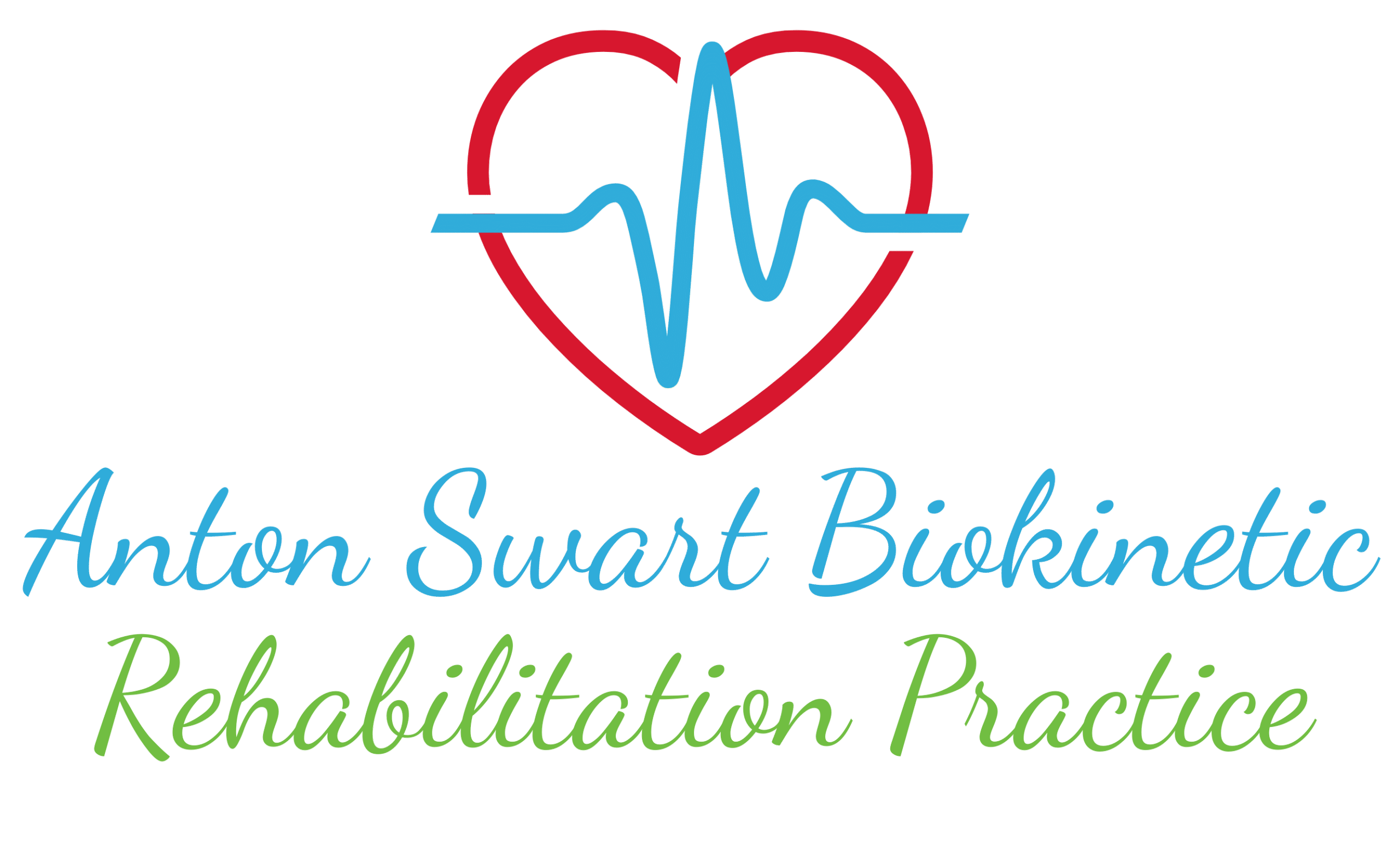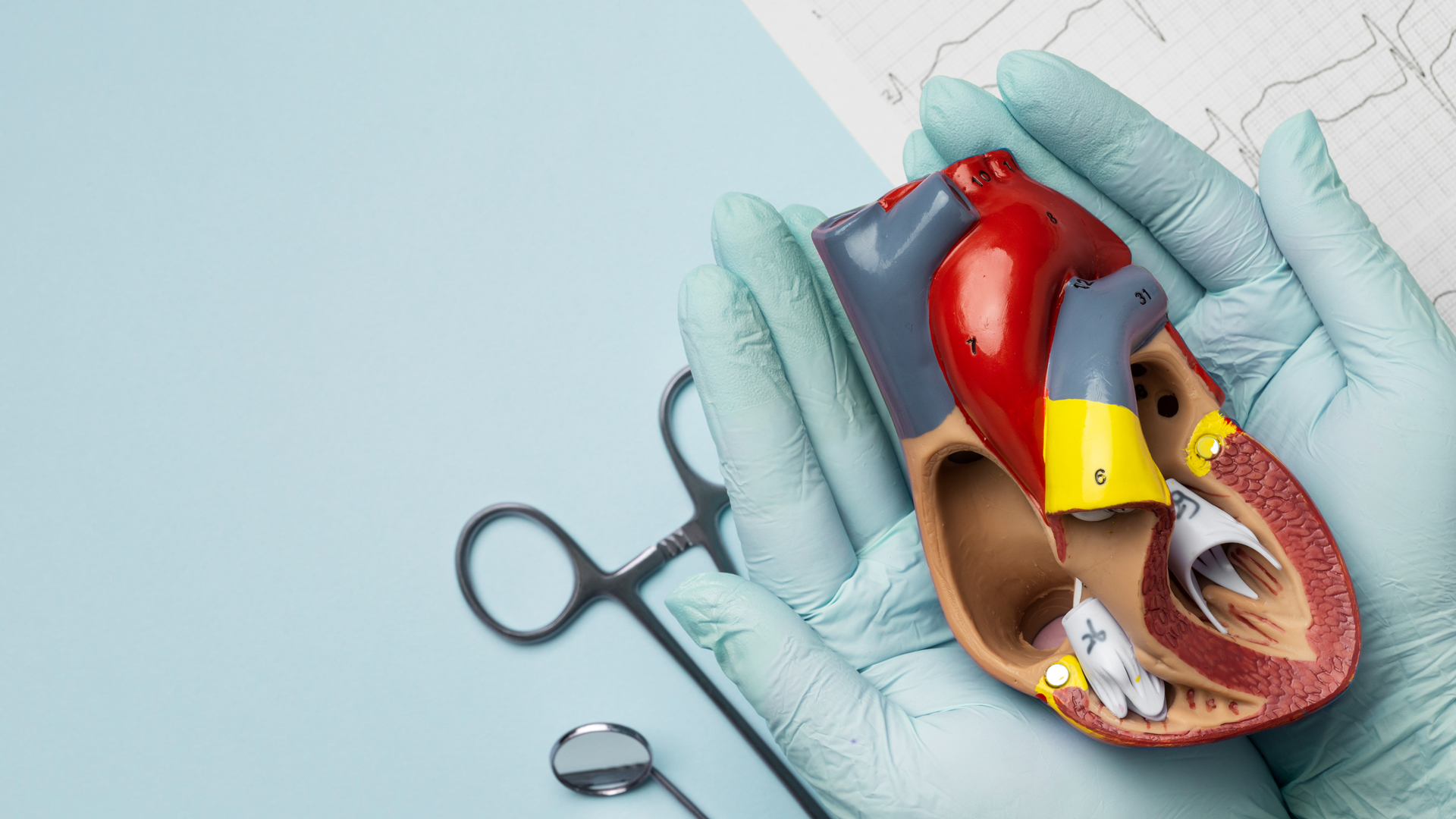Clinical Importance of Biokinetics through the Means of Physical Therapy
Coronary artery bypass graft (CABG) surgery restores blood flow to the heart by bypassing blocked arteries. Although the surgical issue is corrected, cardiac rehabilitation is essential to:
1. Restore Functional Capacity and Cardiovascular Fitness:
- Surgery does not address the underlying atherosclerotic process. Cardiac rehab improves oxygen utilisation, endurance, and cardiac output through structured exercise.
2. Prevent Post-operative Complications:
- Without early mobilisation, patients are at risk for pulmonary complications, venous thromboembolism, muscle deconditioning, and poor sternal healing.
3. Promote Long-term Lifestyle Changes:
- Supervised rehabilitation provides education and motivation for modifying risk factors (e.g., smoking cessation, weight loss, stress management, dietary changes).
Important Exercises and Their Purpose
Cardiac rehabilitation after CABG is typically divided into phases, progressing from hospital-based mobilisation to outpatient aerobic training and long-term maintenance. Below are the clinically relevant rehabilitation phases:
Phase 1: In-Hospital Recovery
Focus: Prevent complications, initiate mobilisation, support respiratory function.
Phase 2: Early Outpatient Cardiac Rehab
Focus: Improve aerobic tolerance, monitor vitals, build confidence.
Target HR is typically 20–30 bpm above resting HR (or as per stress test).
Phase 3: Intermediate Rehab & Strength
Focus: Increase cardiovascular fitness, introduce resistance, support return to work/hobbies.
Phase 4: Maintenance & Long-Term Health
Focus: Support independence, reduce recurrence risk, optimise fitness.
Safe Range of Motion (ROM)
ROM depends on the tear location and surgical intervention:
Target HR
Initially 20–30 bpm above rest, progress based on stress test
RPE scale
9–13 (light to somewhat hard)
BP
Systolic < 160 mmHg, Diastolic < 100 mmHg during exercise
SpO₂
≥ 95%, unless otherwise cleared
Red flags
Chest pain, dizziness, palpitations, excessive breathlessness, drop in BP
Clinical Considerations
- Sternal precautions: Avoid pushing, pulling, or lifting >2–3kg for 6–8 weeks post-op.
- Monitor wound healing: Check for sternal instability, infection, or poor graft site healing.
- Beta blockers may blunt HR response: Use RPE or METs instead of HR alone.
- Educate on medication compliance and blood pressure self-monitoring.
- Address psychological recovery: Anxiety, depression, and fear of exertion are common
Summary
Cardiac rehabilitation after CABG is critical to:
- Restore cardiovascular fitness
- Prevent complications
- Support lifestyle changes and reduce long-term cardiac risk
Rehabilitation must be progressive, monitored, and tailored to individual capacity and medical stability. Long-term success relies on multidisciplinary support, education, and regular exercise participation.




